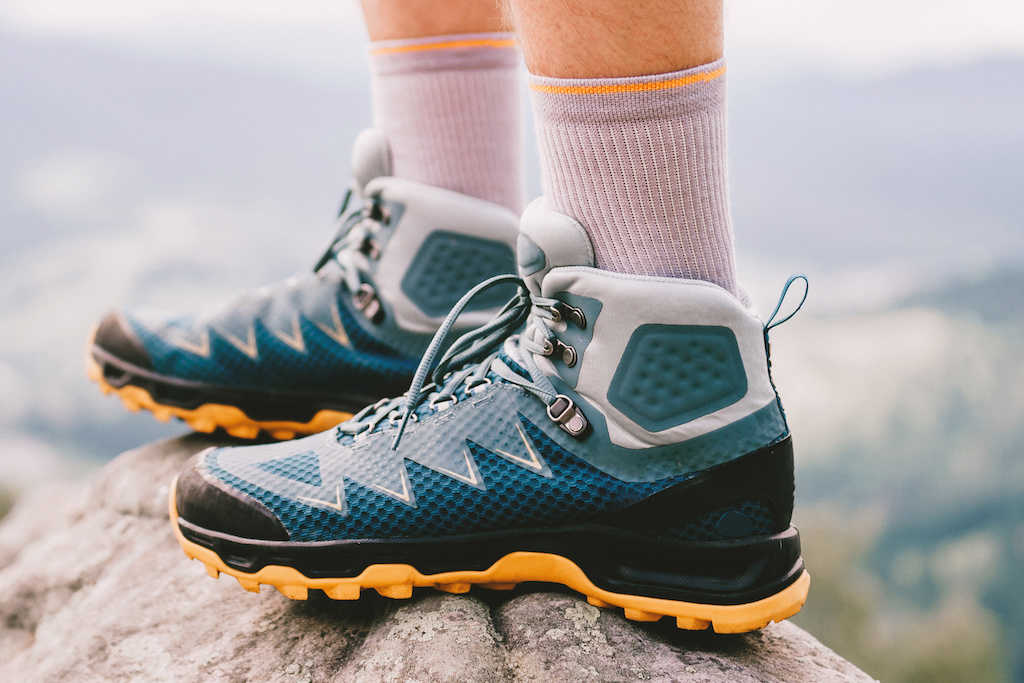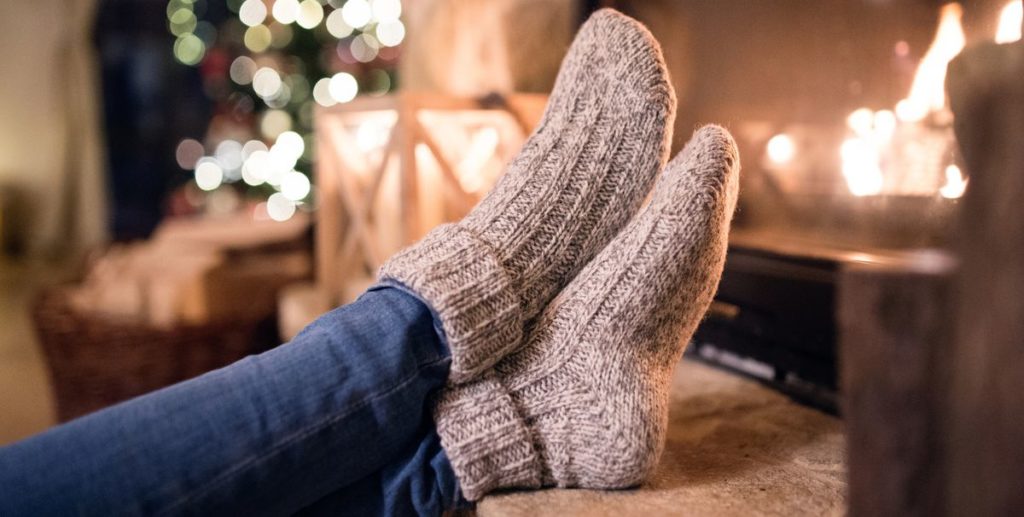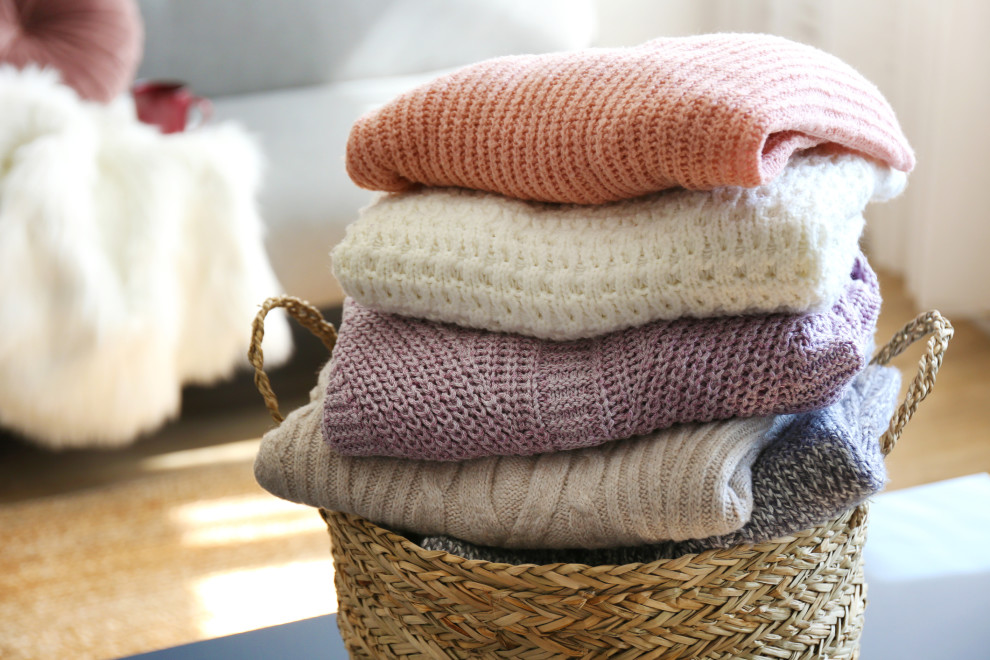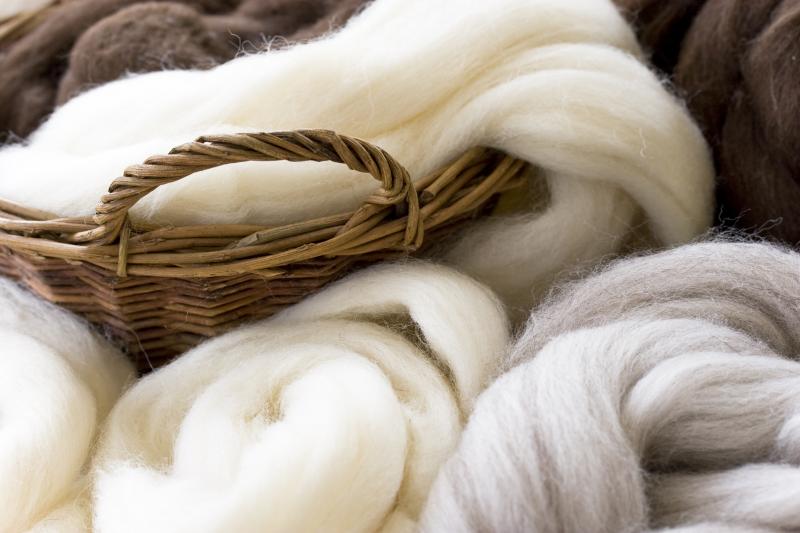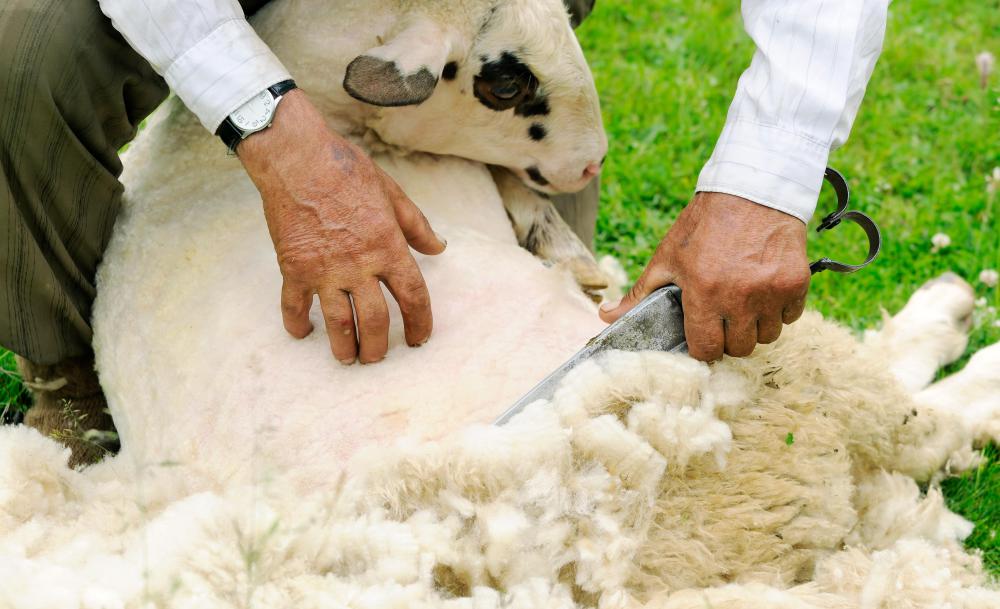
As I readied myself for the autumn/winter 2015 season, preparing my mind for the forecasted ‘coldest UK’ winter to hit us for 50 years, I reflected upon how much in my work as a couturière I like to; design, make and wear a good winter wool jacket or coat. I had always found it difficult to find a coat that fitted me in the right places, accommodated what I was wearing underneath, and had the right cut to be loose and stylish enough that it did not look, well, frumpy… I believe a coat should be comfortable and look good as well as be fit for keeping you warm. It should be roomy under the arms to allow room for that sweater underneath so you look good when you step out, in style.
So that’s why and how I started making them myself. I took a deeper look into the first place I start after the design is done, the selection of the cloth which led me to the world of this humble animal, the sheep, from whence it all begins to get the cloth.
Well, I can tell you, humble they are not and I encountered a few surprises and striking animals during my research.
- Sheep did not always come with woolly fleeces.
What a surprise it was to first discover that sheep did not originally have the woolly fleeces we know them for today. - Sheep originated in Iran.
Sheep are one of the first animals to be domesticated, and their origins can be traced back to Iran where they were raised for their milk, meat, and hides. As far back as 6000 BC, the Iranians began to develop them into wool-producing animals. Trade was done with the wool produced between the Iranians and their Persian neighbors.
It did not take long for this to develop into a lucrative trade that spread to other cultures eventfully spanning the five continents. - The speediest recorded time for shearing a sheep is 39.31 seconds by Hilton Barrett of Australia.
There are many different breeds of sheep to be found all over the world. Whilst China has the most sheep, Australia produces the most wool. Cross-breeding them is the main way to obtain the different qualities and types of wool. Not being a natural condition for them to be covered head to toe in a thick woolly fleece, the sheep must be sheared regularly within given times so that they do not come to harm. As well as the obvious heat problems, the fleeces attract flies whose larvae can cause major havoc among a flock. - Wool is naturally non-allergenic, reactions are usually to the lanolin or treatments used in the finishing process.
- Merino wool fibers are softer and finer than human hair.
Briton became involved with this rapidly growing trade, so much so that by the twelfth century, wool was to become one of England’s most successful assets enabling it to be exported to neighboring countries around Europe. That strength remains. British wool is still much sought after around the globe. Tweeds, twills, worsted’s, and woven are a few of the many different types of wool. - Wool has a natural slow resistance to fire and is used in uniforms for firefighters.
- Wool is naturally mildew and mold resistant.
Some of these creatures are simply majestic with many so crossbred as to not even have a name for the breeds. I shall from now on pay more thought to this wonderful animal when choosing the wool cloths for my clients before I create them into beautiful coats and garments. Sheep are responsible for giving us so very much.

